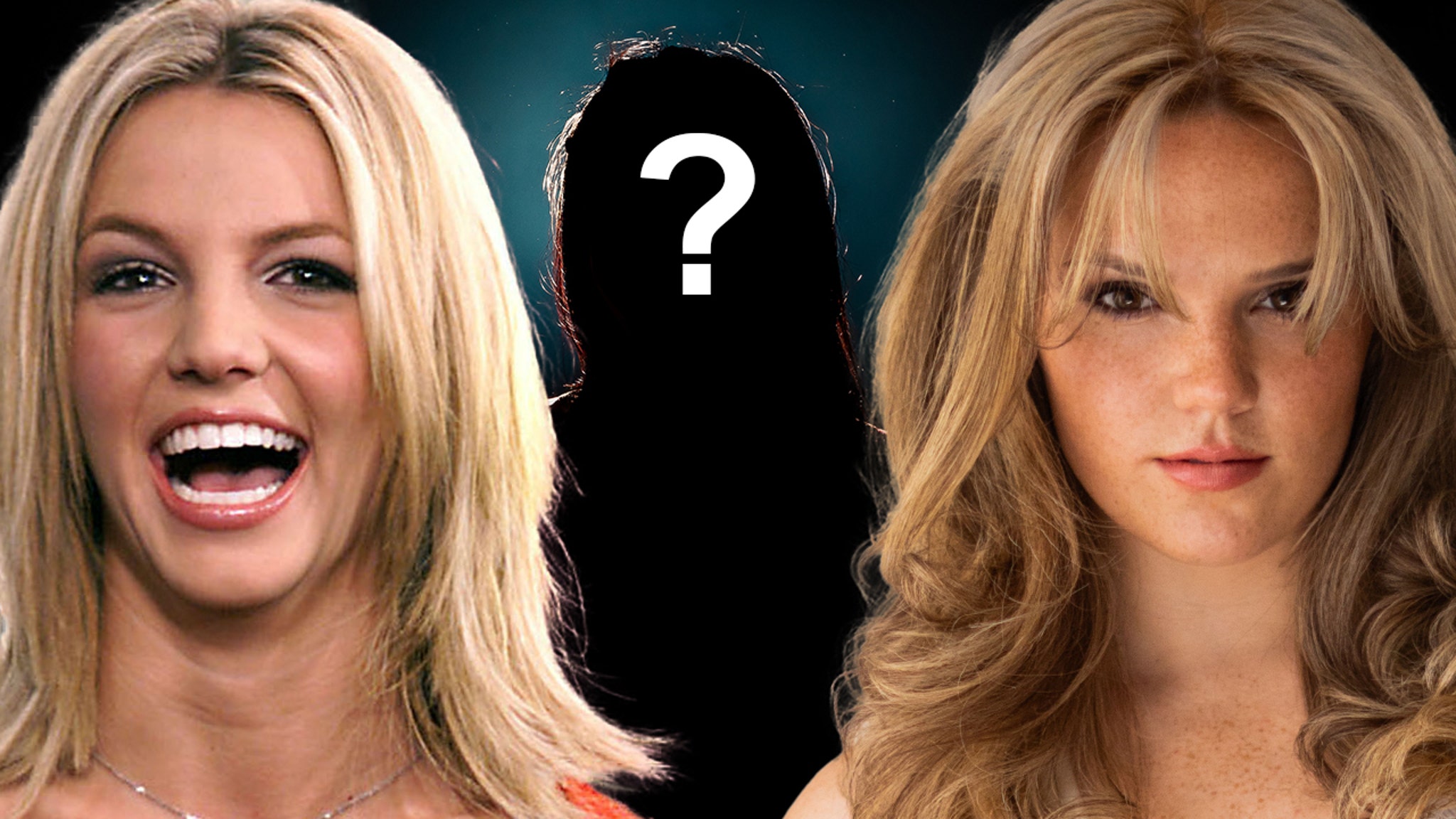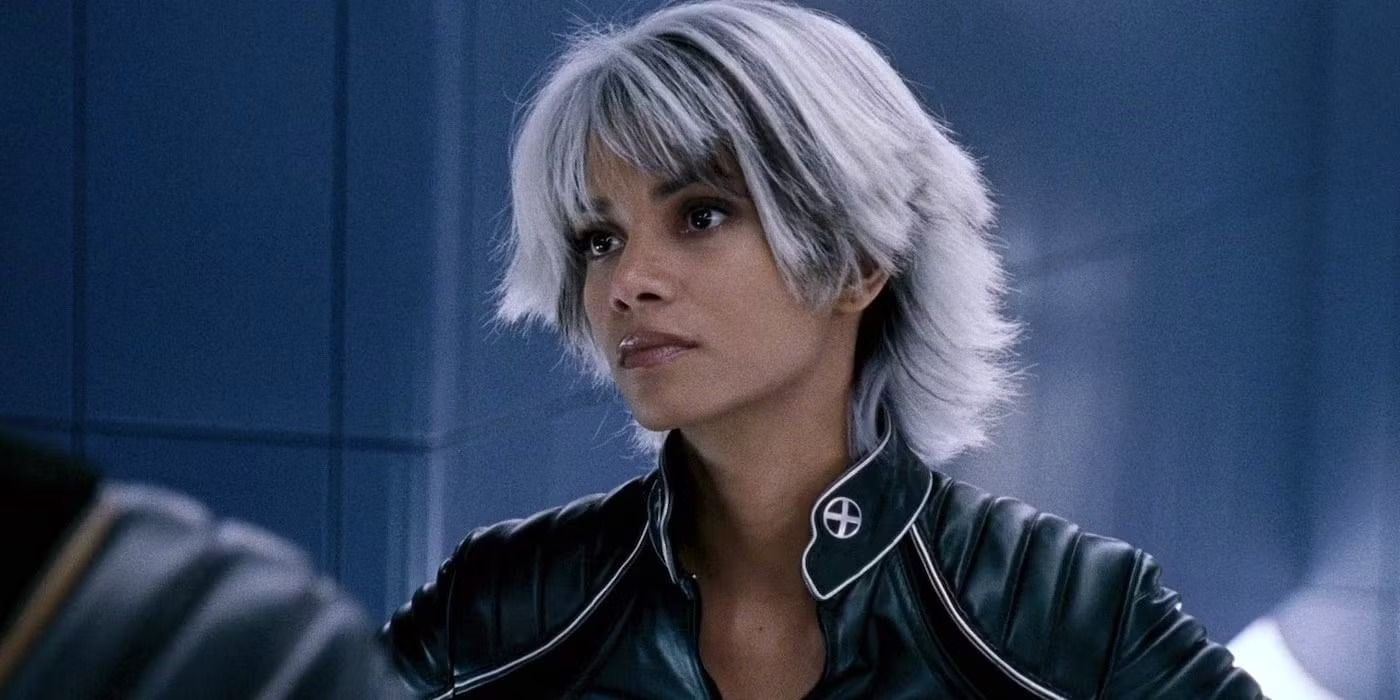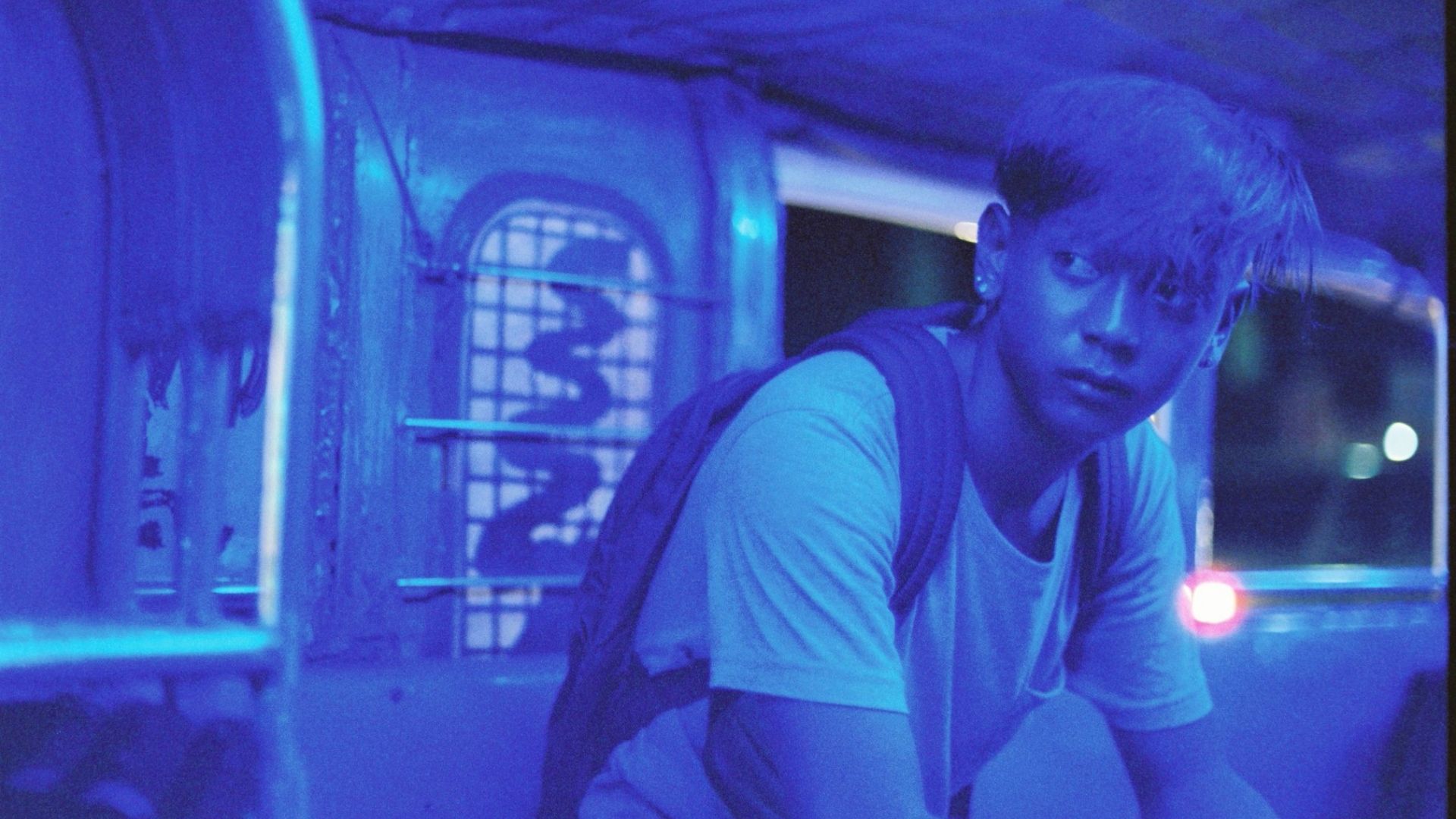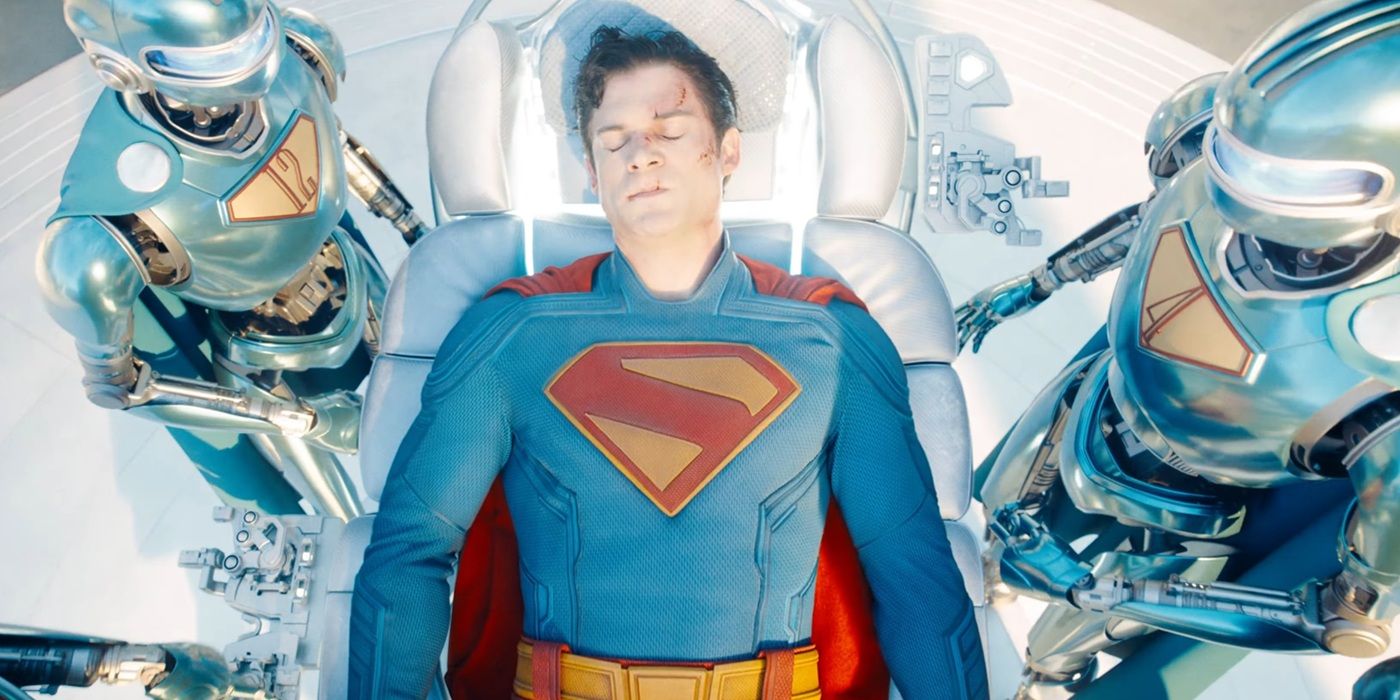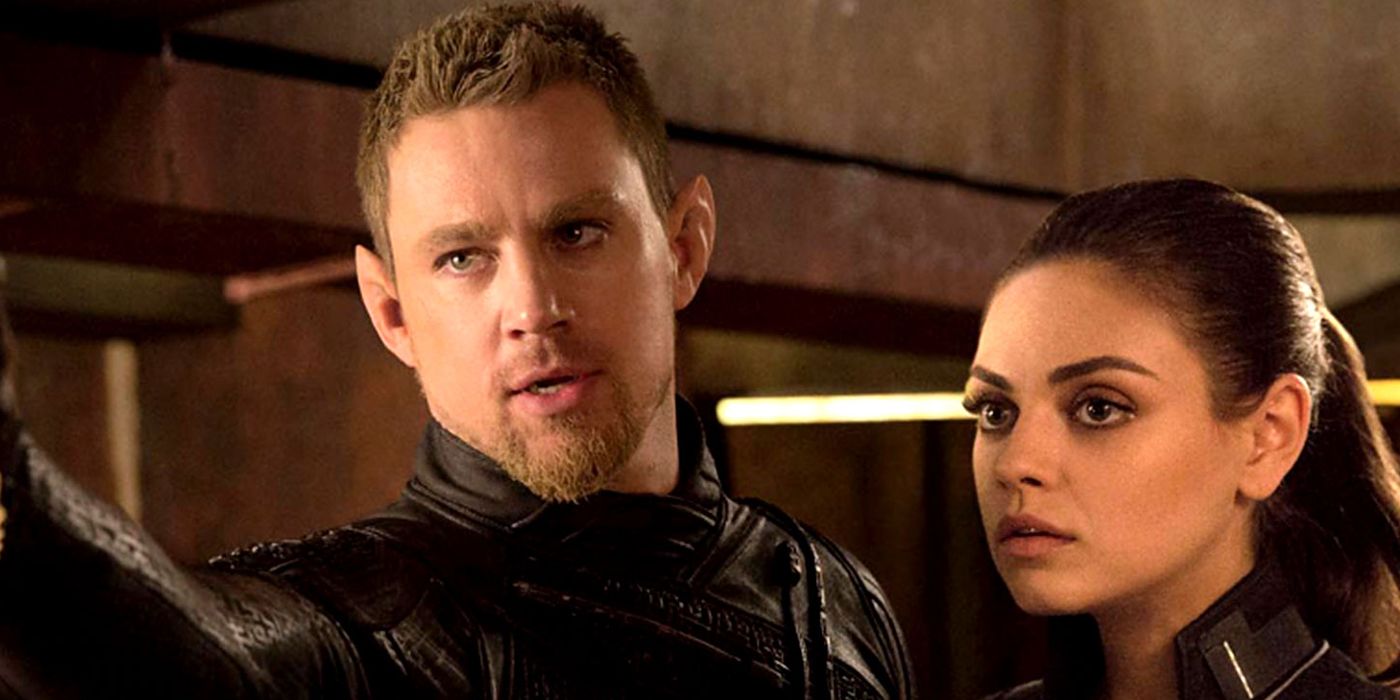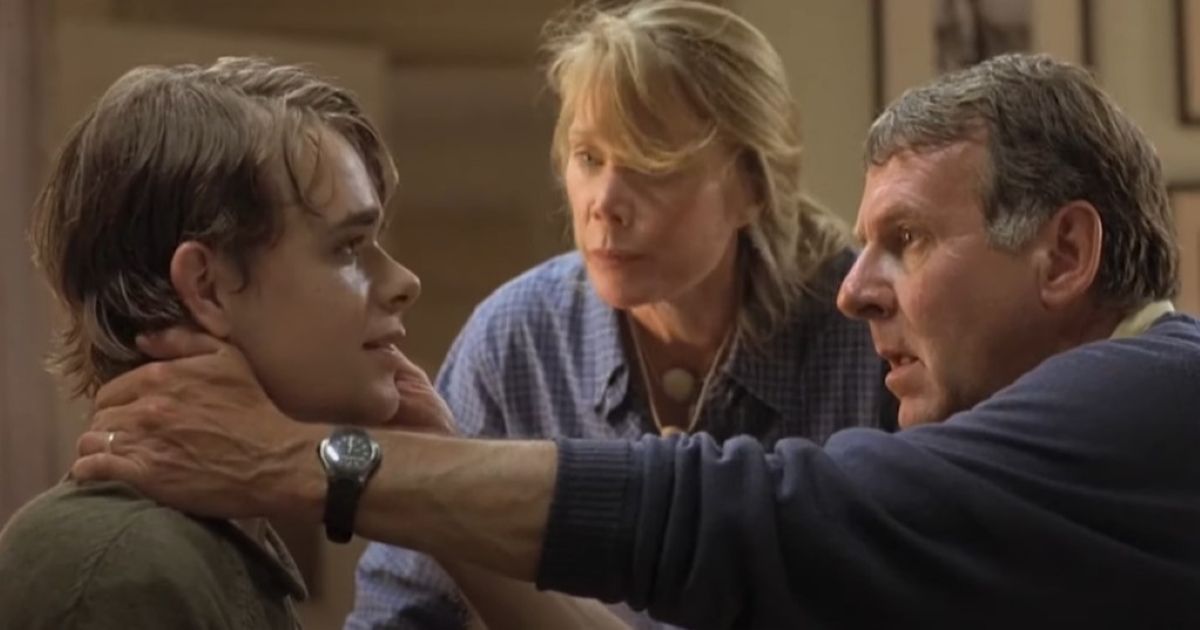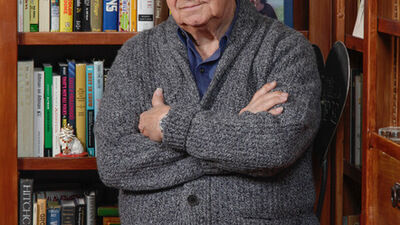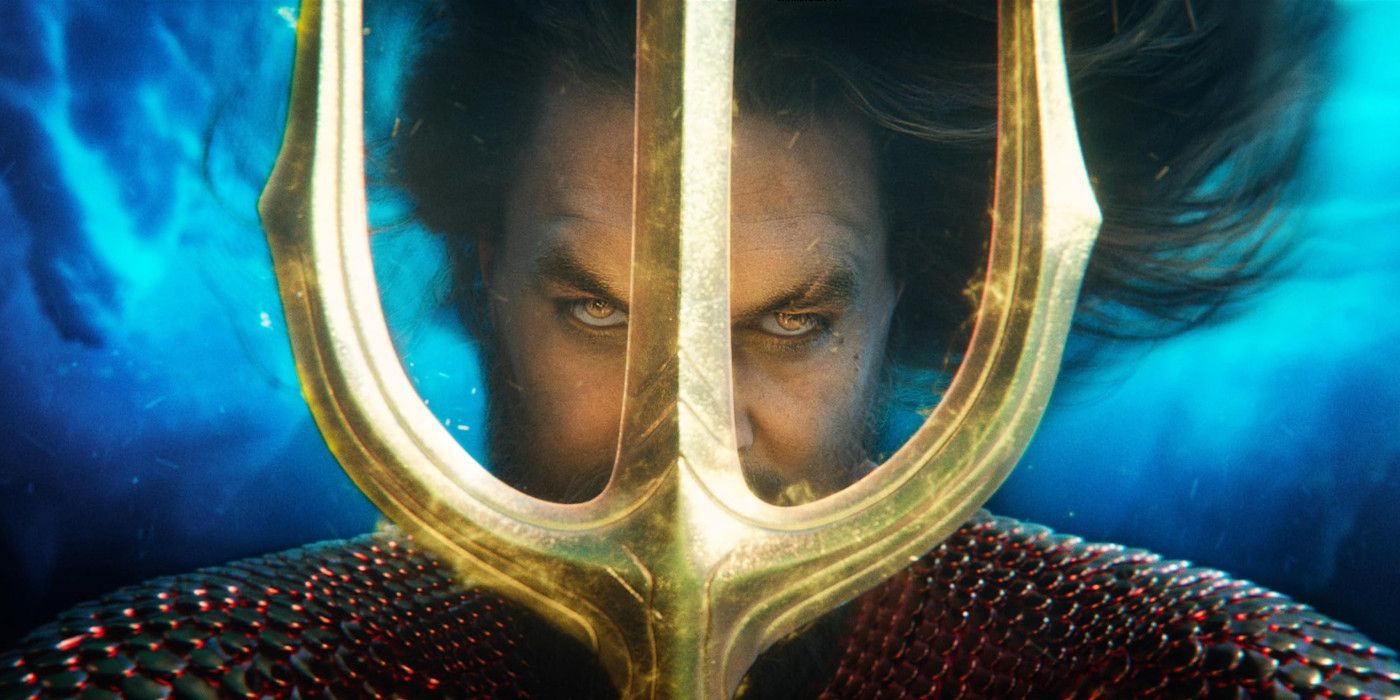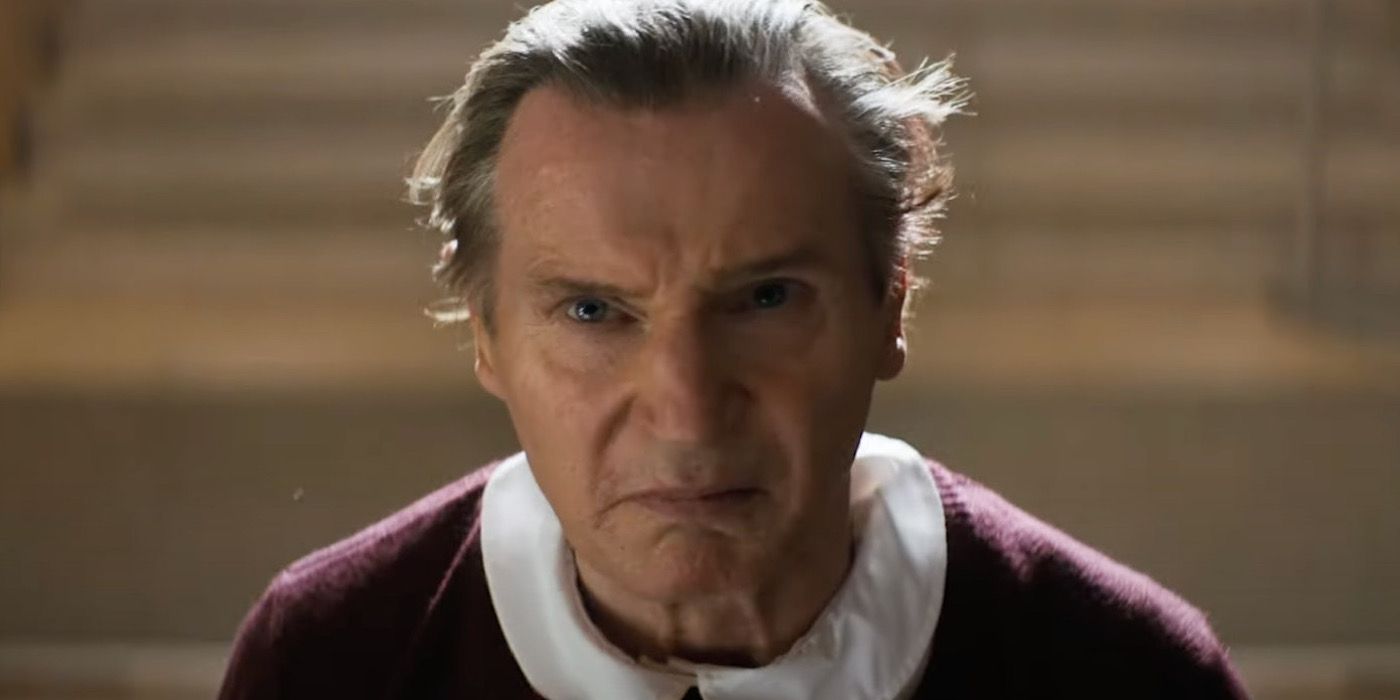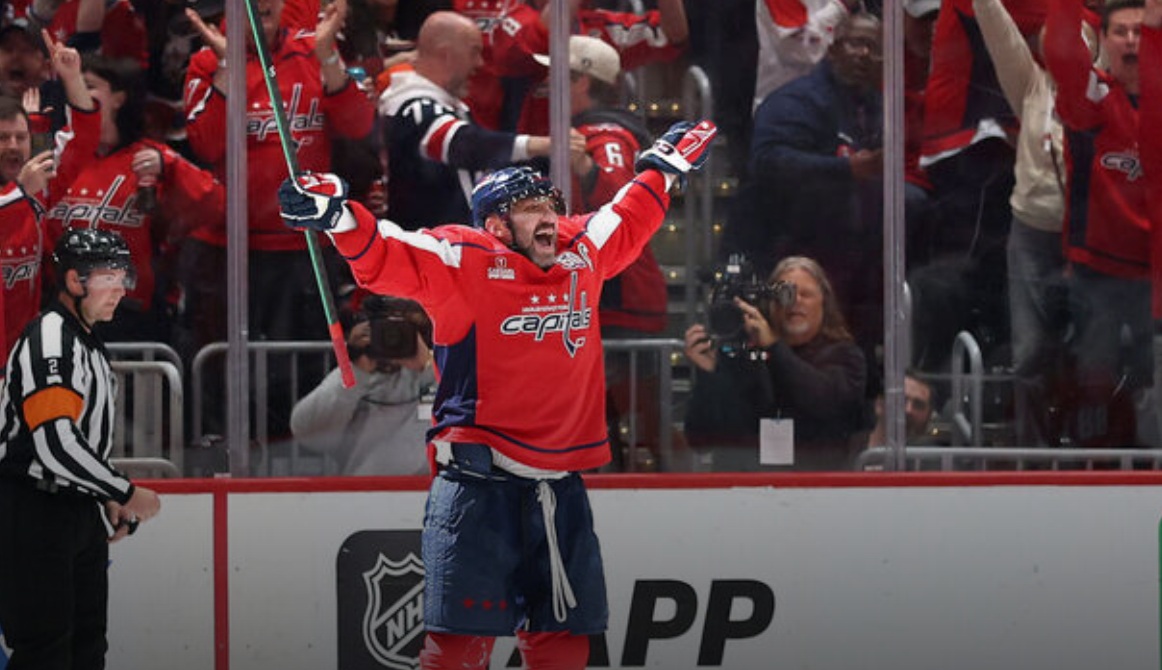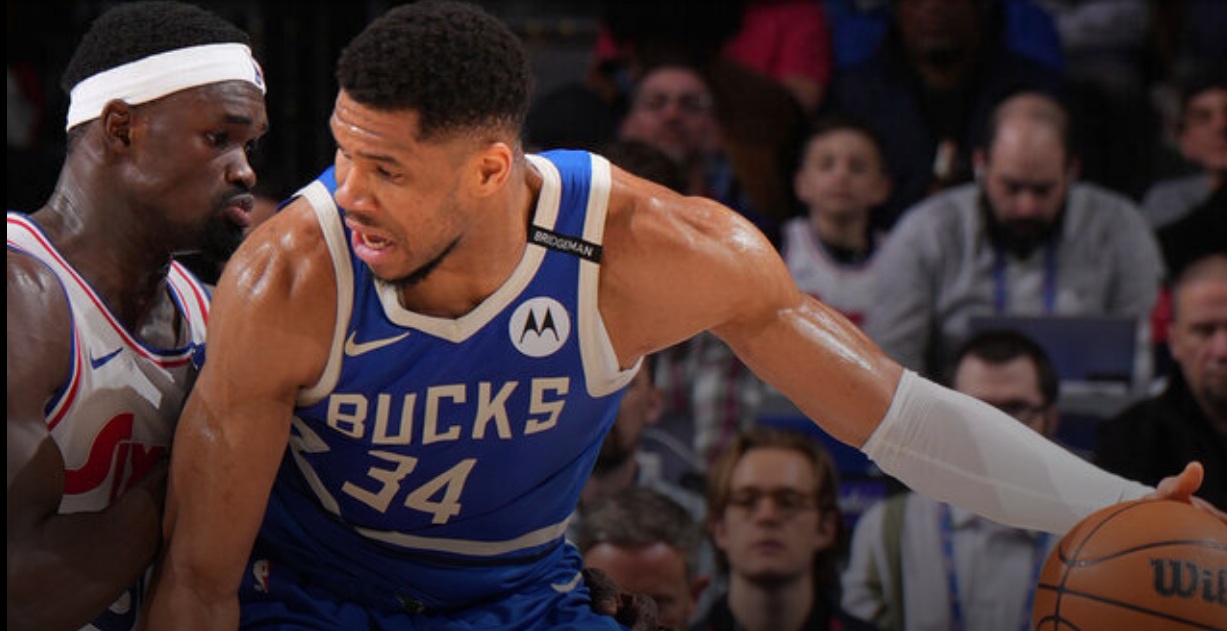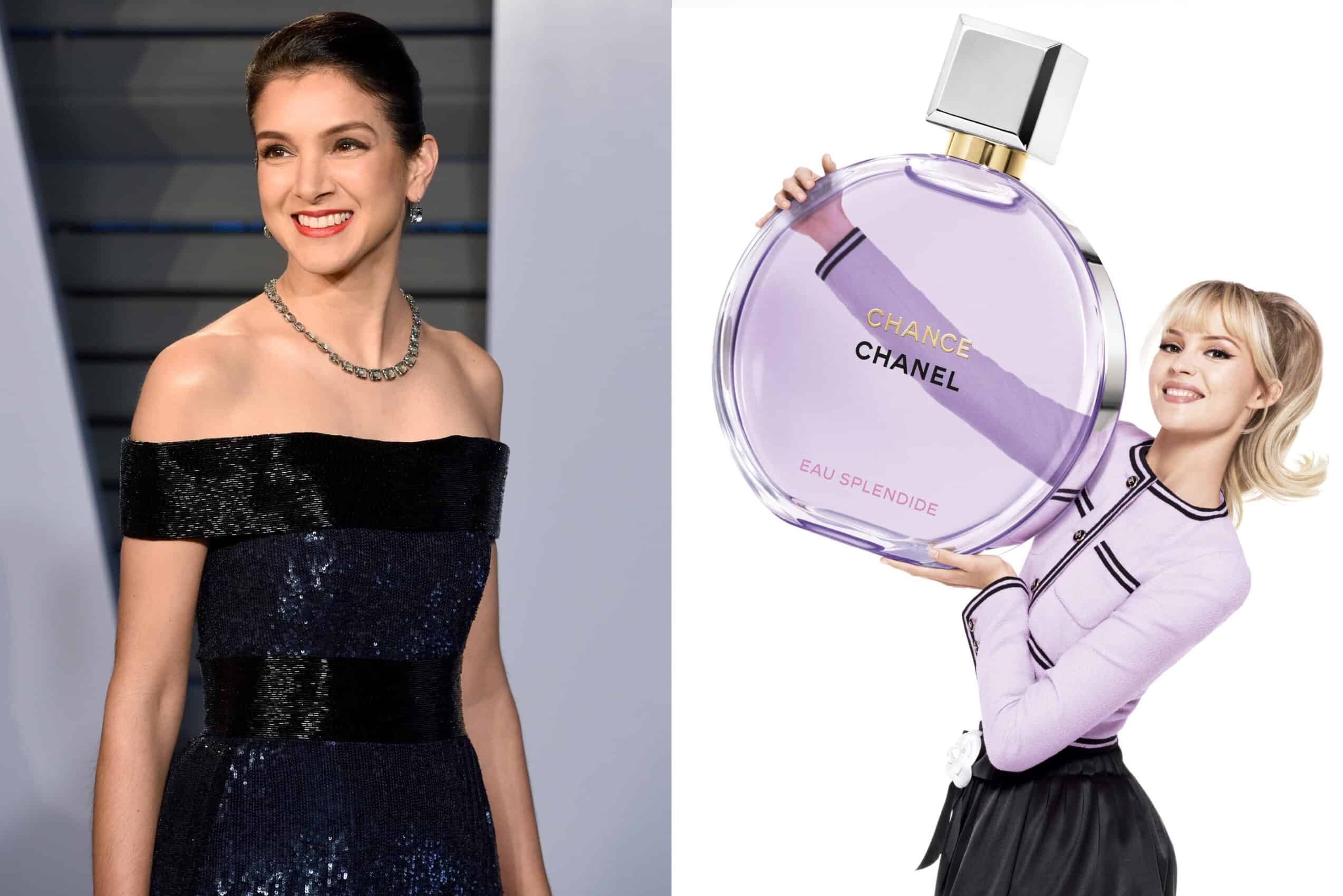The first episode, premiering on September 16, has the series showing off the way it wants to layer different ideas, regardless of whether every individual piece is allowed to equally sing. “Social Justice Sex Tape” incorporates ideas of injustice by police against people of color, deep fake videos, cloying white allyship, and the clownish sex tape by one white guy (Ben Platt) that might be able to prove the innocence of an incarcerated Black man (Jermaine Fowler). Directed by Kitao Sakurai, it’s a wild Robert Downey Sr.-like circus about a lot of issues, paralleling any discomfort about social justice and racial issues with the awkwardness of having to put Platt’s character’s sex life and lengths of allyship in question. The episode bounces between its major thematic pieces as it playfully ramps up its absurdity, especially as a up and coming lawyer (Ayo Edebiri) tries to make this her big case and get justice for the wrongfully accused man.
One of the series’ most effective ways of hooking you with its episodes comes with casting; it loves to take recognizable movie stars and put them in roles that jostle you, even just for a half-hour. Take gruff action star Jon Bernthal in “Moment of Silence,” written and directed by Novak. Bernthal plays a man hired to do a PR for a national gun lobby after losing his five-year-old daughter in a shooting—his performance is muted and devastating, showing its pain in awkward interactions that progressively unsettle his coworkers. Written and directed by Novak, the episode shows off the series’ ability to ask sharp “what if?” questions that flip the script of what we’d expect someone like Bernthal’s character to do in real life, a premise made believable here by the dramatic depths everyone is willing to go.
Or on a different tonal register, Lucas Hedges plays a pop star named Wheelz who brings an extreme proposition to the students of his former high school. Hedges embodies a type of Justin Bieber knockoff, complete with Hillsong-like consultant, and it’s very funny without being overly jokey. There’s a striking weirdness in seeing such a dramatically articulate young actor help articulate its ideas that overlap celebrity and religion, with mostly a straight face. And true to how the series can be very good at throwing in faces that make for dynamic comedy, George Wallace and the late Ed Asner appear with gem performances that are made all the more funny because they have the cadences of those respective legends. This episode captures the series at its most expansive, mindful, and goofy, which are its three best modes (it’s not necessarily a laugh-out-loud show, even when it’s trying). But it also shows how the series’ hand can be too slight with some characters, as in a cloying subplot involving a promising Asian student that doesn’t deconstruct stereotypes but pronounce them as an easy joke and then simply put them to the side.
You can view the original article HERE.
